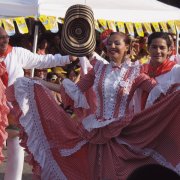15 exotic fruits you have to try in Colombia
There are many reasons for being proud to call Colombia our home; and our variety of fruits is definitely one of them.
According to the Humboldt Institute, Colombians could eat a different fruit every day for more than a year. Yes! You are reading well. We could spend a whole year trying different fruits because in Colombia there are over 400 edible native species.
Colombia is known as the “gateway to South America”; it sits in the northwestern part of the continent where South America connects with Central and North America. It is famed for its great climatic diversity, including deserts, tropical rainforests, savannas, prairies and mountain ranges. The climates in these mountainous areas are usually categorized according to their elevation, known as “pisos térmicos” in Spanish.
Furthermore, thanks to its geographical proximity to the equator, Colombia doesn’t have typical seasons like spring, summer, fall and winter. Instead, there are only two seasons, rainy and dry, and the weather stays more or less the same all year round in each region. These characteristics are what make Colombia not only the second most diverse country in the world but also a fruit heaven on earth.
So, what kind of fruits would you find when visiting Colombia?
Here are Learn more than Spanish’s Top 15 of the fruits Colombians like the most :
1. Lulo
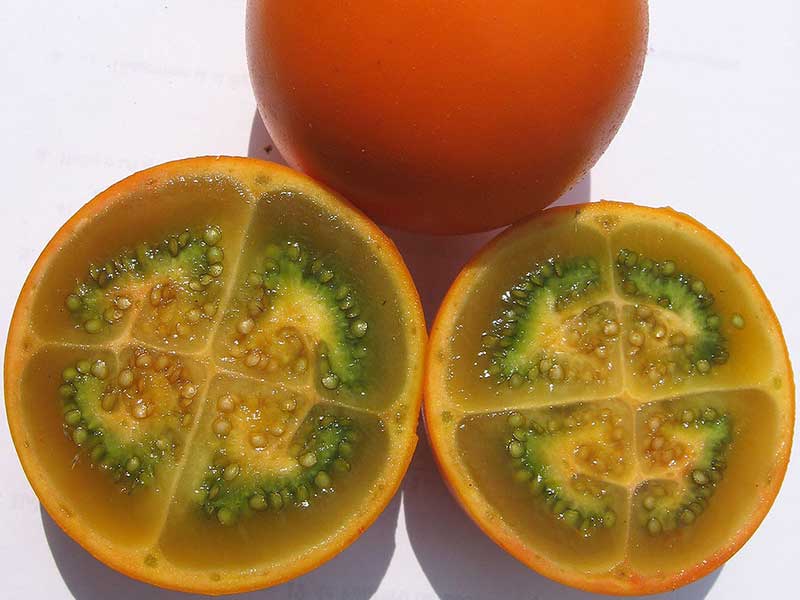
2. Guanabana (Soursop)
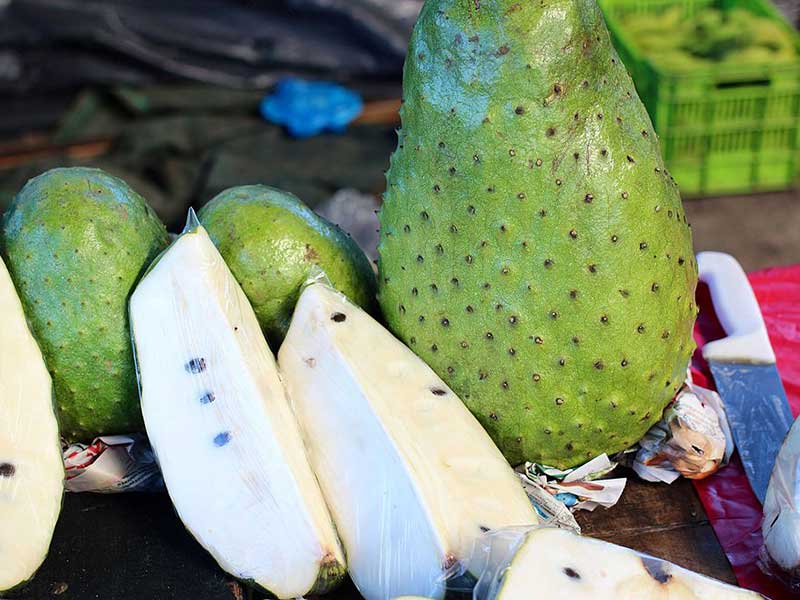
3. Granadilla
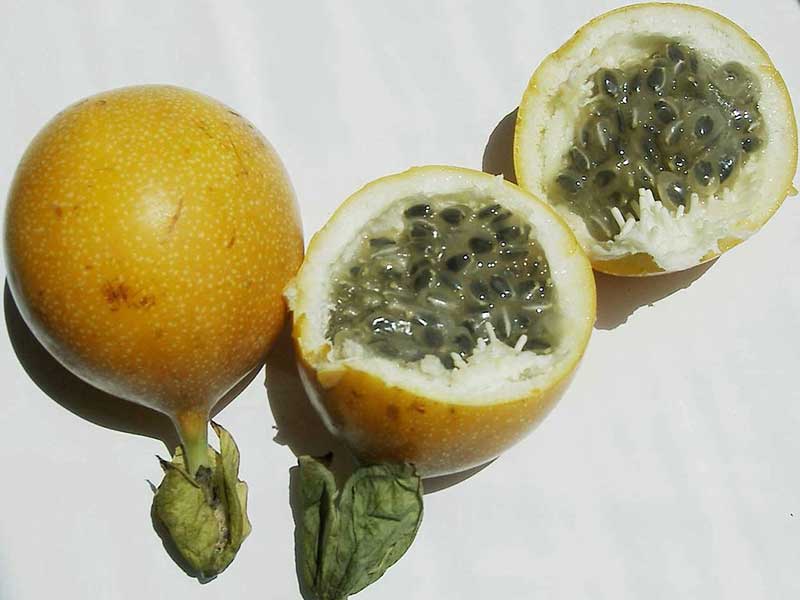
4. Chontaduro
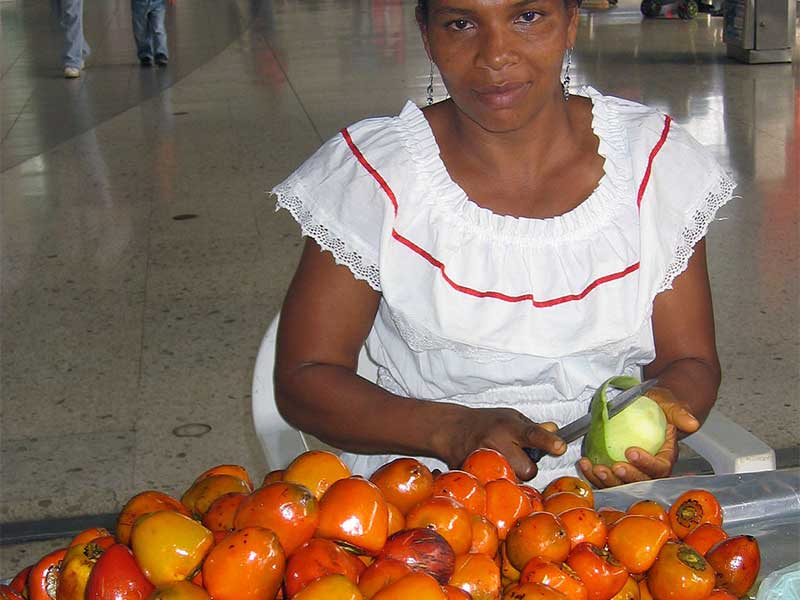
5. Maracuyá (Passion Fruit)
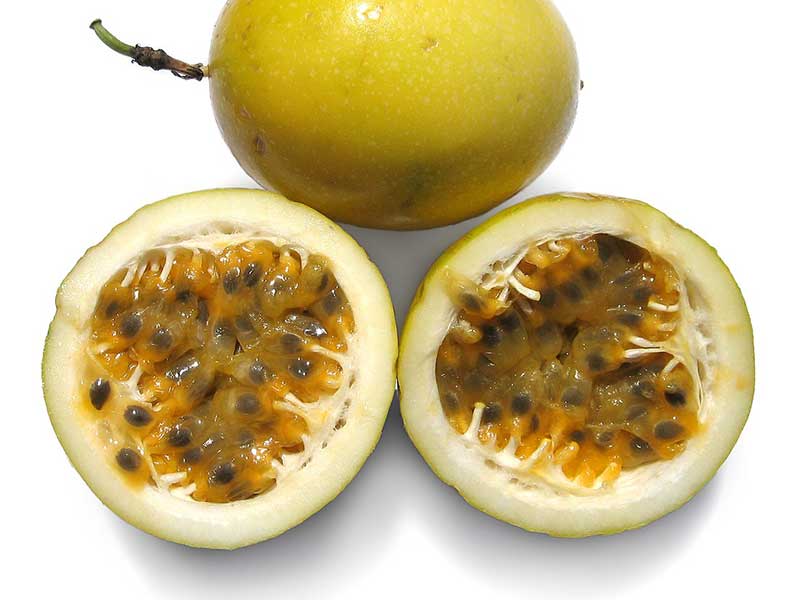
6. Gulupa
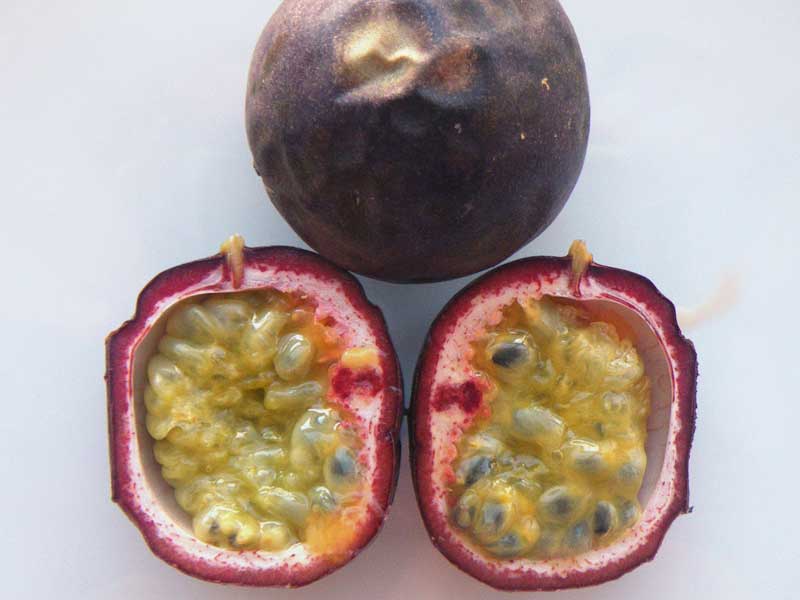
7. Guayaba (guava)
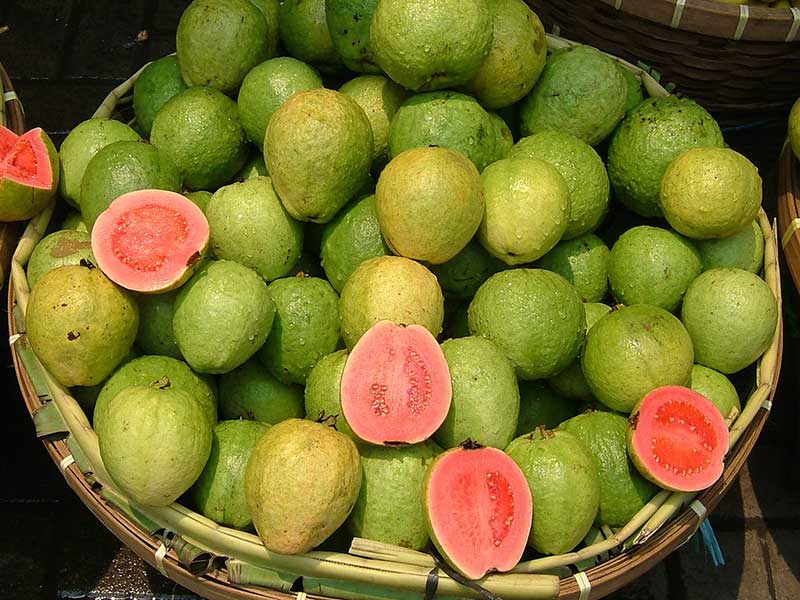
8. Borojó

9. Tomate de árbol (Tree tomato)
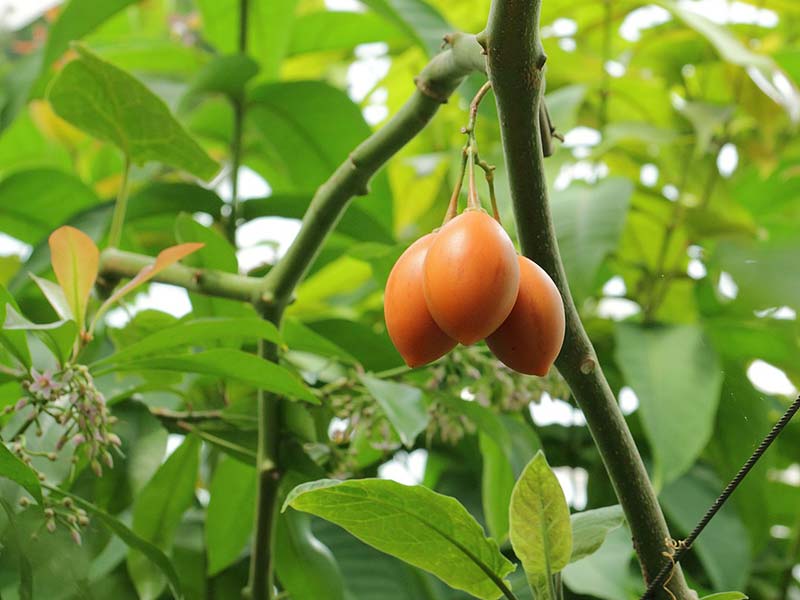
10. Feijoa

11. Curuba (Banana Passion Fruit)
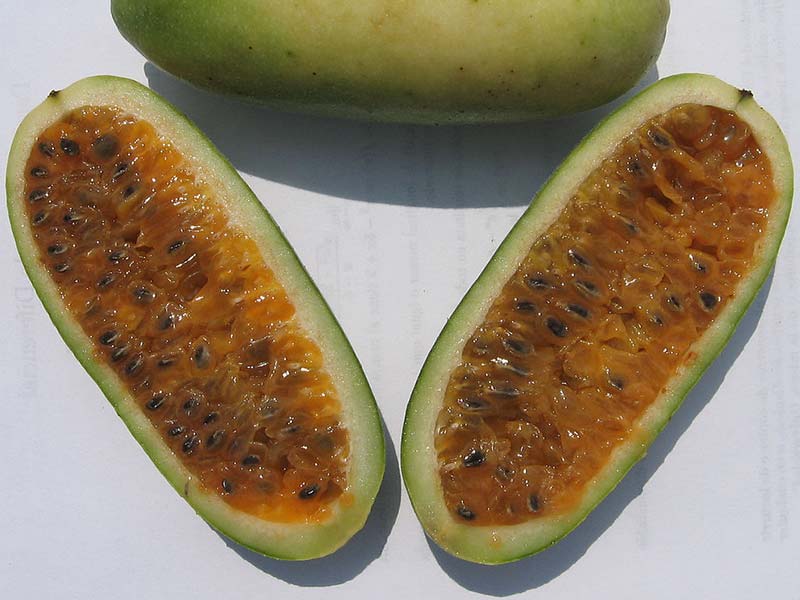
12. Pitahaya (Dragon Fruit)
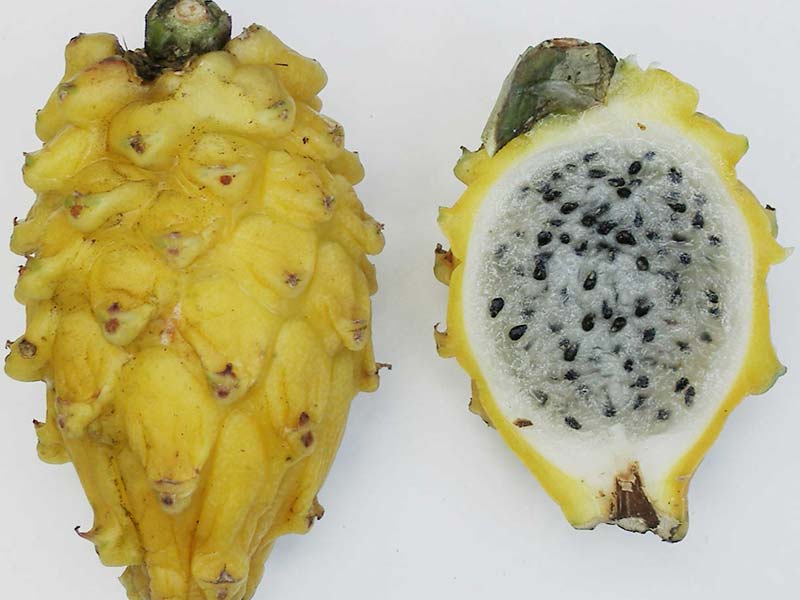
13. Uchuva (Golden Berry or Physalis)
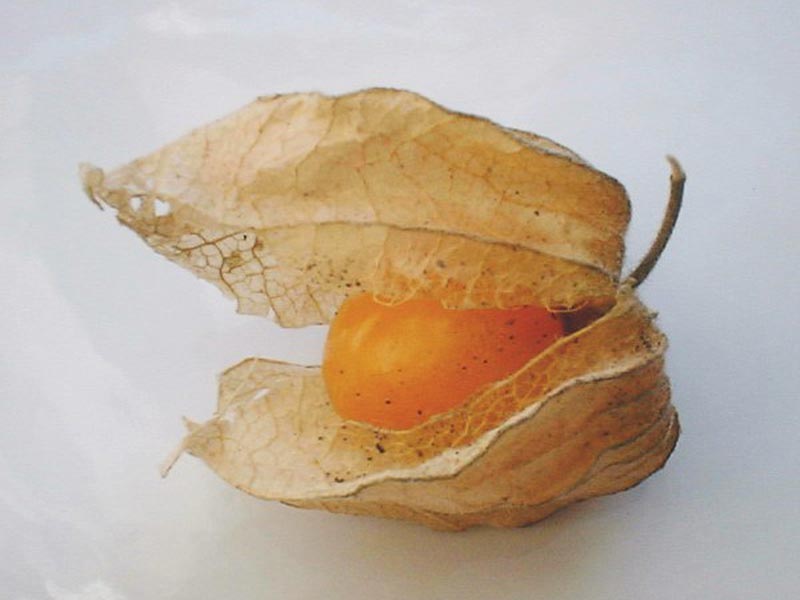
14. Zapote (Sapota)
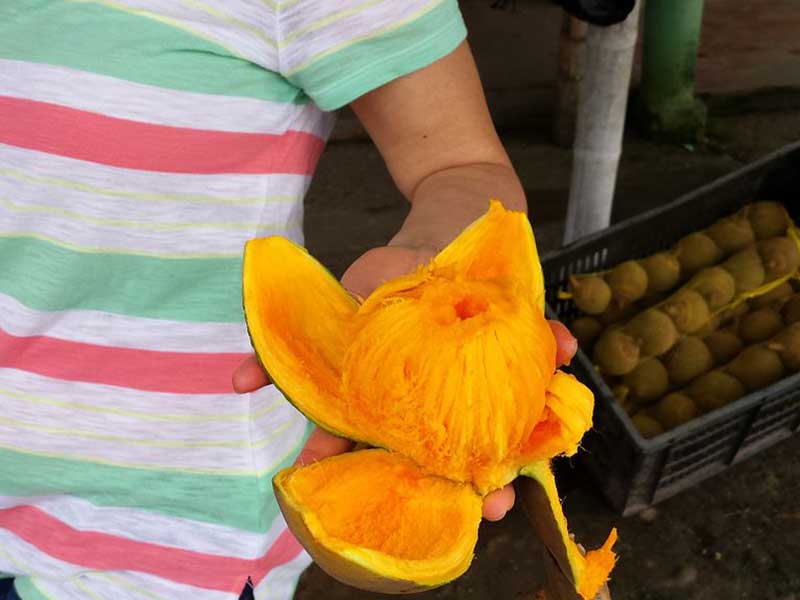
15. Mangostino (Mangosteen)
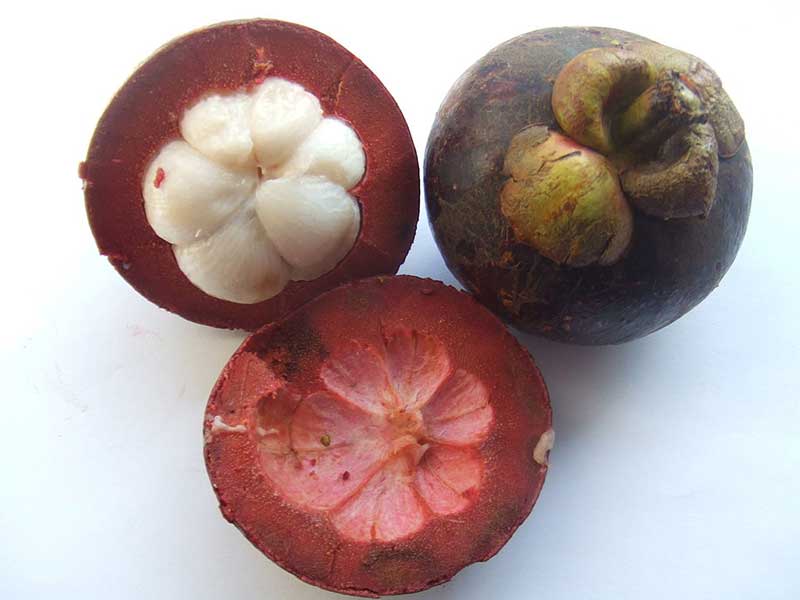
These are some of the fruits that you might try at least once during your trip to Colombia, likely with new friends or at family gatherings, but definitely in the streets of Bogota and when visiting the iconic local markets of our city.
When buying fruits from street vendors or in the local markets you should be prepared to have short –or even long- conversations with random people. Colombians smile and talk a lot, we’re very friendly and polite but we also use a lot of informal expressions. Make sure you learn some slang and local expressions, so you don’t miss our jokes.
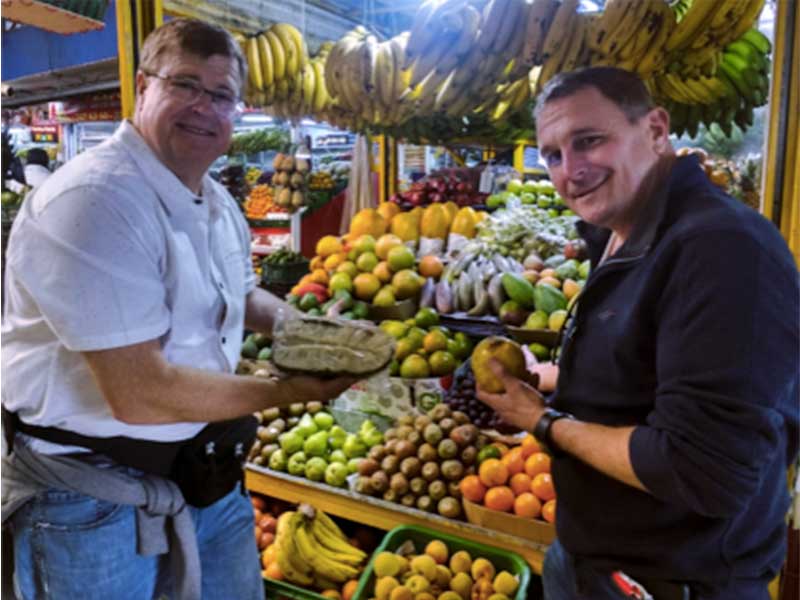
Learn More Than Spanish students visiting one of Bogota’s famous local markets
Are these fruits already exotic for you? For Colombians these fruits are quite normal; we use them to prepare natural juices at home, make fruit desserts and snacks. However, there are some fruits that are exotic even for Colombians: Amazonian fruits.
Although Colombia accounts only with the 8% of the Amazon rainforest (Brazil 60%, Peru 12%, Bolivia 7%, Venezuela 5%, Guyana 3%, Suriname 2%, Ecuador 2%, French Guiana 1%), there are a large number of Amazonian fruits than can be found nowadays in the main cities.
Here the Top 3 Amazonian fruits for Colombians:
1. Cupuazu
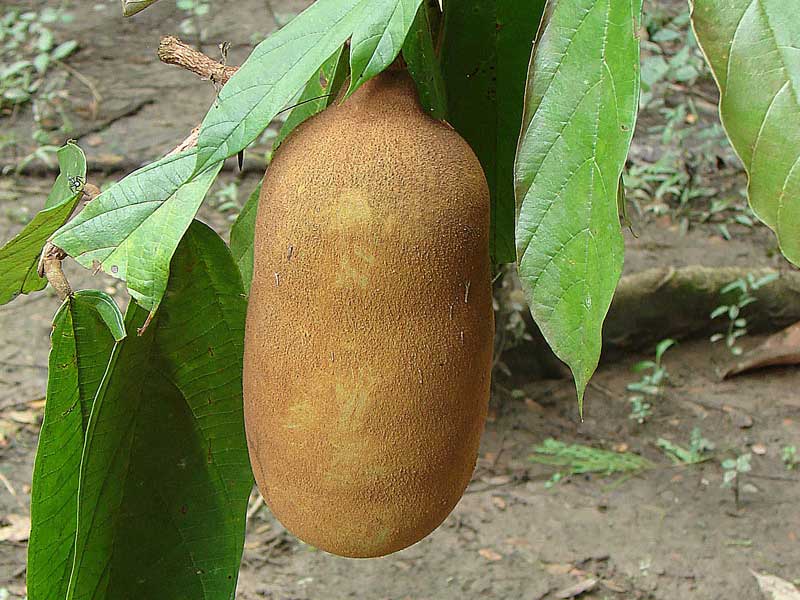
2. Camu Camu
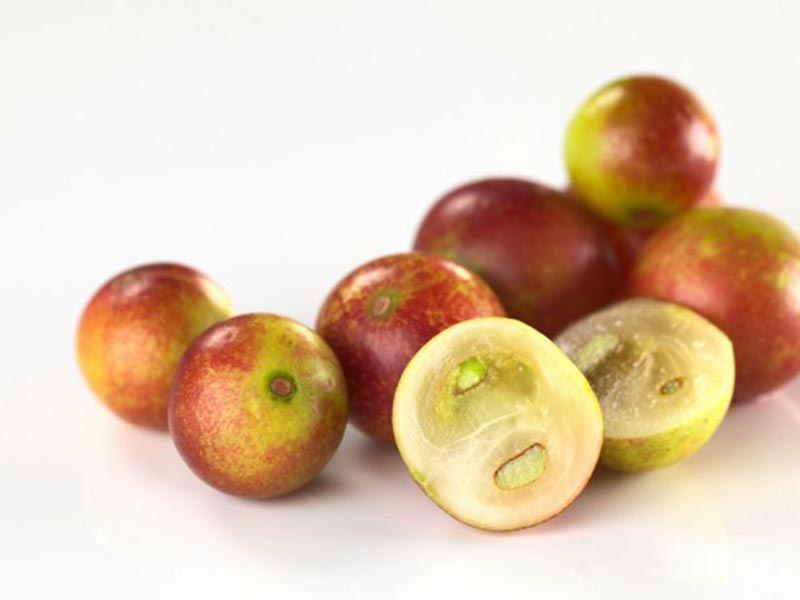
3. Arazá
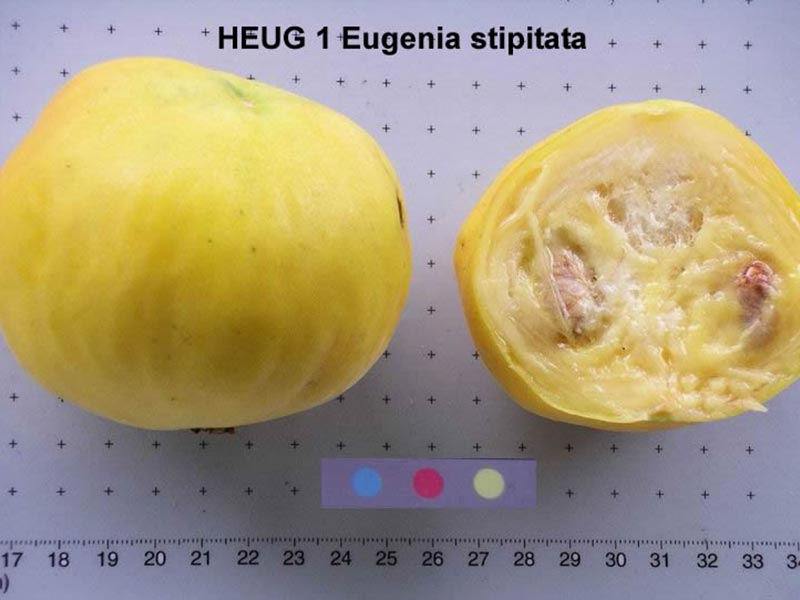
These fruits are not as easy to find as the fruits listed above. However, in Bogotá, for instance, you can find almost everything that grows in Colombia.
These particular Amazonian fruits have been gaining popularity in the capital city since restaurants like Wok and Crepes & Waffles, two of the most important restaurant chains, are using these products for their juices and desserts. As part of their social and environmental program, these local restaurant chains have started sourcing both local and exotic products from all around Colombia for their menus in order to bring city people back to their roots.
If you have visited Colombia you’ve hopefully tasted some of our diverse and delicious fruits, but if not, we suggest you take note of their names and make sure you try them when you visit us again (yes, we know you will be back!). If you haven’t visited Colombia yet now you have another reason to put this beautiful country in your bucket list destination.
Has this post brought back memories from your trip to Colombia? What was your favourite fruit?
Don’t forget to follow us on Facebook and Instagram, and to visit our website Learn more than Spanish!







